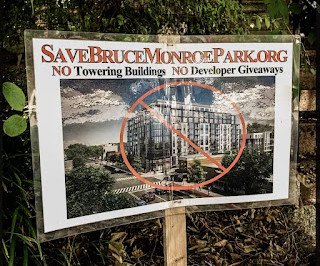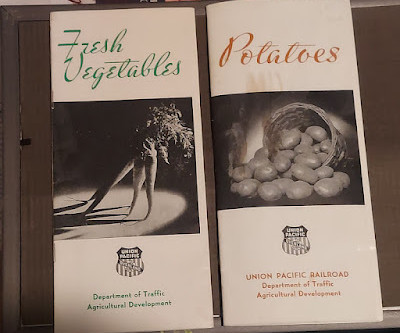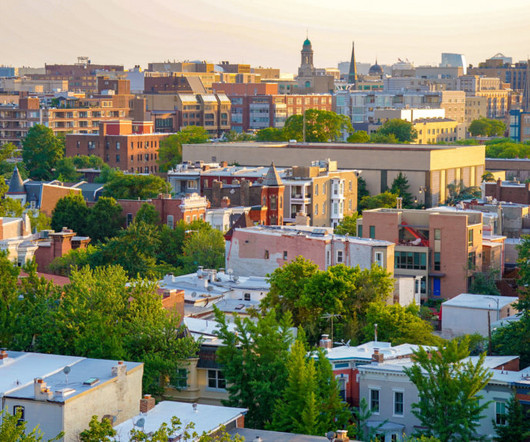"Temporary" uses as a way to foil development: Bruce Monroe Elementary School site, DC | from school to park to housing
Rebuilding Place in Urban Space
JANUARY 29, 2024
I really like how the poster mis-states the original intention for the site, and of course, positions the use as a "giveaway to developers."












Let's personalize your content